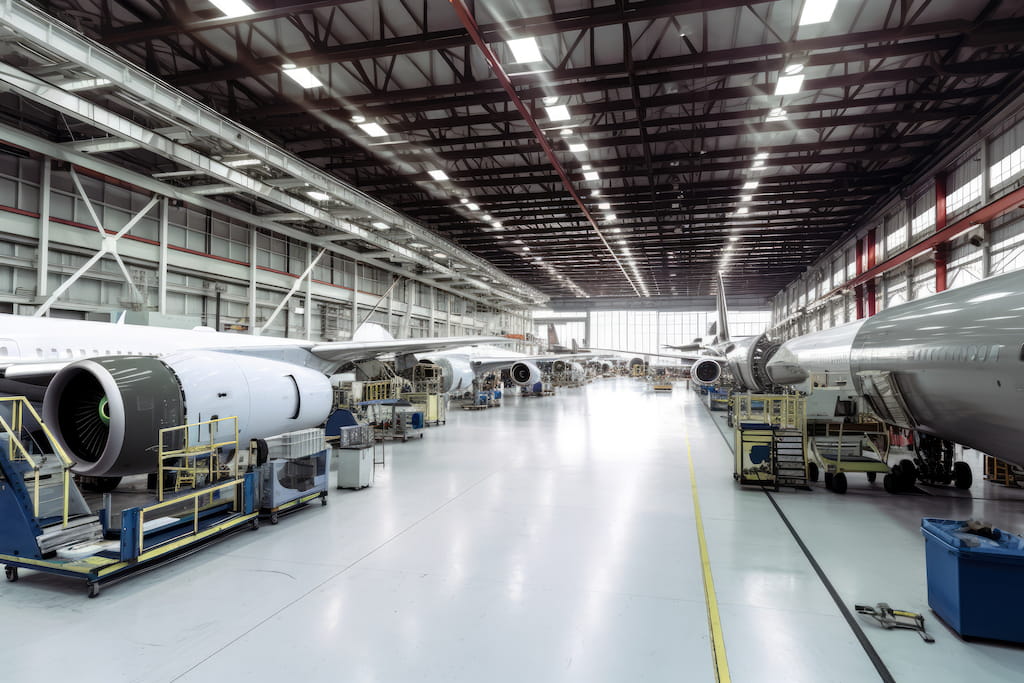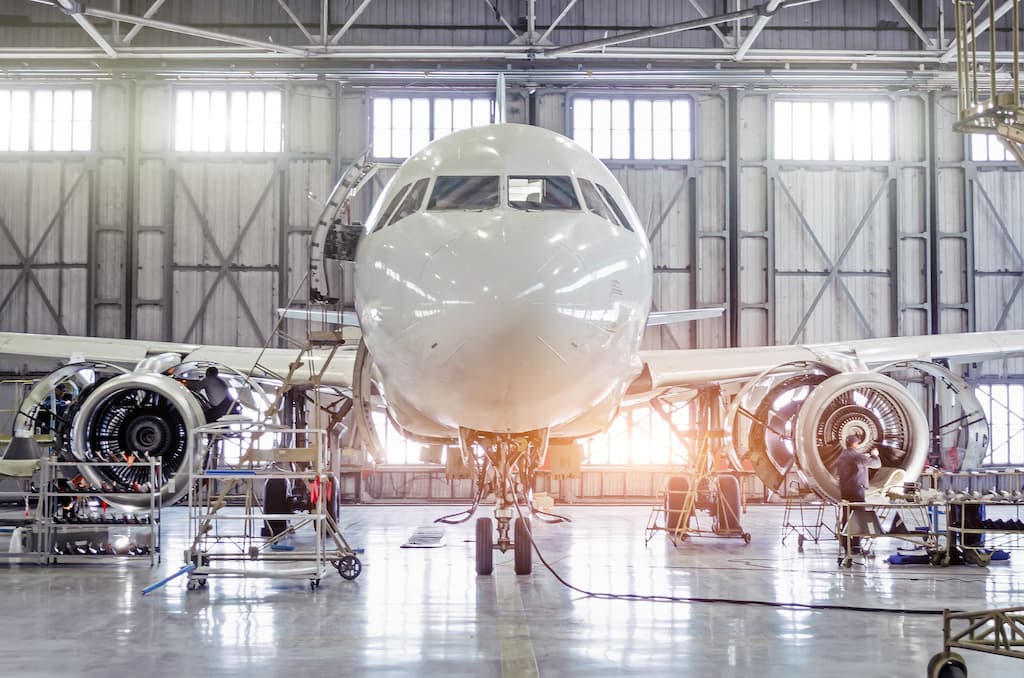Mitigating Supply Chain Risks of Narrow Body Aircrafts

With air travel picking up, airlines are rapidly trying to modernise and increase their fleet. The growth in demand puts pressure on the manufacturing and delivery of narrow body aircraft. The recent travel boom offers a sense of optimism about the future, however meeting the increasing demand has unearthed many challenges. The majority of these are rooted in the global supply chains.
What is the Current Landscape of Narrow-body Aircrafts?
The current landscape of narrow-body aircrafts is marked by technological advancements leading to extended flight ranges and enhanced fuel efficiency. Post-COVID travel has amplified their role in domestic and regional routes, especially with the shift to more point-to-point travel. On the other hand, with sustainability on the forefront, manufacturers are innovating greener aircraft solutions. Concurrently, airlines are transitioning from older models to modern narrow-bodies, emphasizing their growing importance in the aerospace sector.
Airbus and Boeing, two giants in the aviation sector, are exerting immense pressure on the aviation supply chain. Airbus’s ambitious plans to ramp up its A320 family aircraft production pose a daunting challenge for suppliers. On the other hand, Boeing, grappling with its 737 MAX and 787 programmes, presents uncertainties that make future production projections hazy.
What are the Challenges Ahead for Narrow-Body Aircraft Manufacturing?
Talent Gap in the Aerospace Sector
During the pandemic, many skilled labourers were offered early retirement to create leaner operations. With the industry picking up, companies are unable to fill the void that these retired employees have left. The aerospace sector in particular requires a blend of expertise and craftsmanship that the current labour market cannot replace. The process of training new employees can take years. Companies have to start in-house training to ensure that the positions are filled.
Navigating Supplier Onboarding in a Regulated Environment
Another challenge in the aerospace industry is the onboarding of new suppliers in a regulated environment. The aerospace supply chain is highly specialised because of the inherent risks associated with flying. Due to the technical, safety, and security requirements companies need to spend significant time, effort and resources to ensure that the supplier is up to standard. The industry’s shift towards collaborative agreements adds a layer of complexity. While it is beneficial in terms of cost-sharing and risk mitigation, when demand drops the interconnectedness may make it harder for companies to scale down operations.
The Global Complexity of the Aerospace Supply Chain
The most pressing challenge is the intricate web of global suppliers and specialised components in the aerospace supply chain. Each narrow-body aircraft comprises a collection of parts sourced from various corners of the world, each playing a crucial role in the final product. This globalised approach offers benefits in terms of cost and specialisation. However, it also introduces a host of logistical challenges. Recent disruptions such as port congestions and geopolitical tensions, have highlighted the fragility of this system. Components can be stranded for weeks to months at a time. The industry’s reliance on specific parts means that even minor hiccups can lead to line down or aircraft-on-ground (AOG) situations.
In such a complex landscape, the role of Time Critical logistics services is of the utmost importance. Royale International, an expert provider of in Time Critical solutions in the aerospace industry offers reliability in these turbulent times. Our dedicated solutions ensure that crucial aviation components reach their destination promptly, mitigating supply chain risks in the manufacturing process.

The Way Forward
To navigate these challenges, companies must adopt a proactive approach:
- Anticipate and Prevent: Companies should establish a risk management framework. By monitoring the financial health of key suppliers and conducting regular reviews to assess potential risks, they can stay ahead of any potential issues.
- Hands-on Problem Solving: By engaging directly with suppliers and assessing potential areas of concern, companies can adequately develop strategies to address them.
- Strategic Decision Making: Decisions made about supply chain modifications should align with the company’s broader strategic objectives.
- Continuous Monitoring: Due to the dynamic nature of supply chains, regular oversight is essential. Root cause analysis can help in early identification of issues, ensuring a resilient supply chain.
There’s an opportunity to address the immediate challenges and reshape supply chains for a more resilient future within the aerospace industry and position themselves for success. Having a reliable partner can make a significant difference. Our Time Critical solutions can help you mitigate risks and stay ahead in the game. To learn more about why Royale International’s Time Critical solutions are ideal for aerospace manufacturers, click here: https://staging.royaleinternational.com/services/aerospace-aviation/


